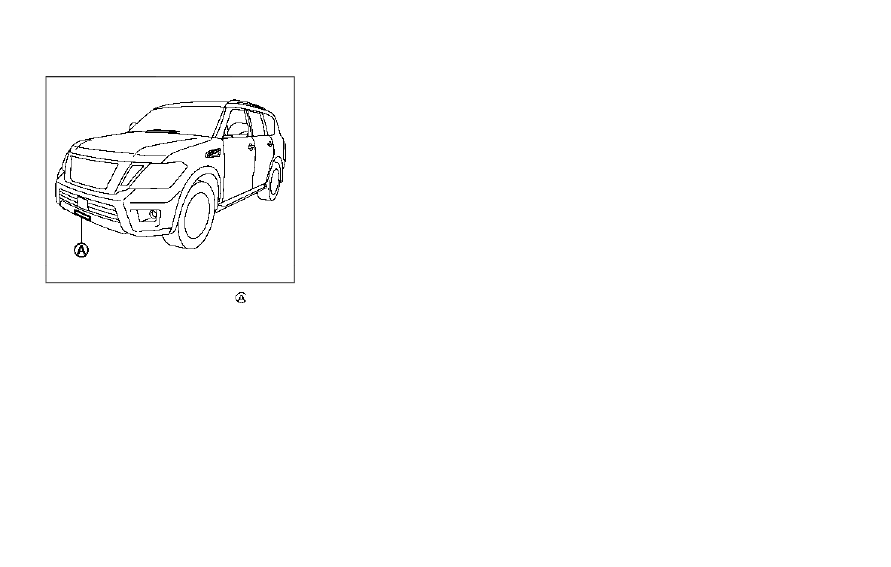Nissan Armada (2019 year). Instruction - part 23

JVS0913X
The AEB system uses a sensor
located
below the front bumper to measure the
distance to the vehicle ahead in the
traveling lane.
Starting and driving
5-103
|
|
|

JVS0913X The AEB system uses a sensor located below the front bumper to measure the Starting and driving 5-103 |